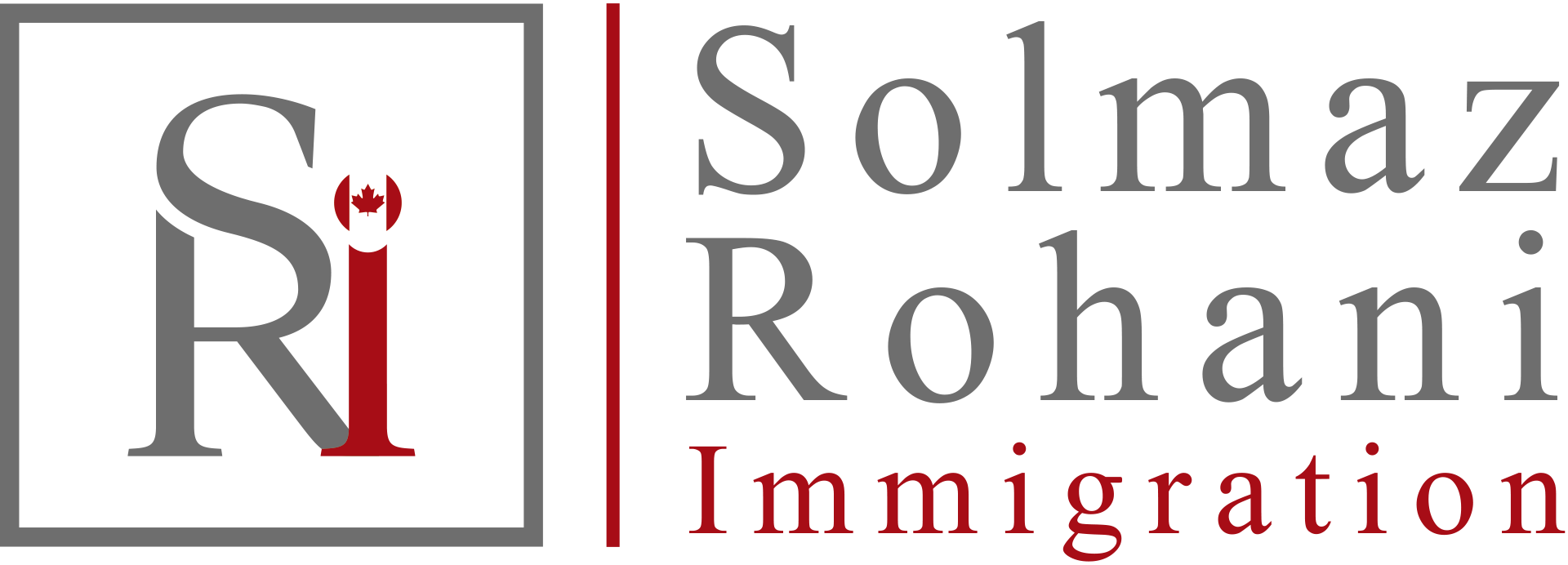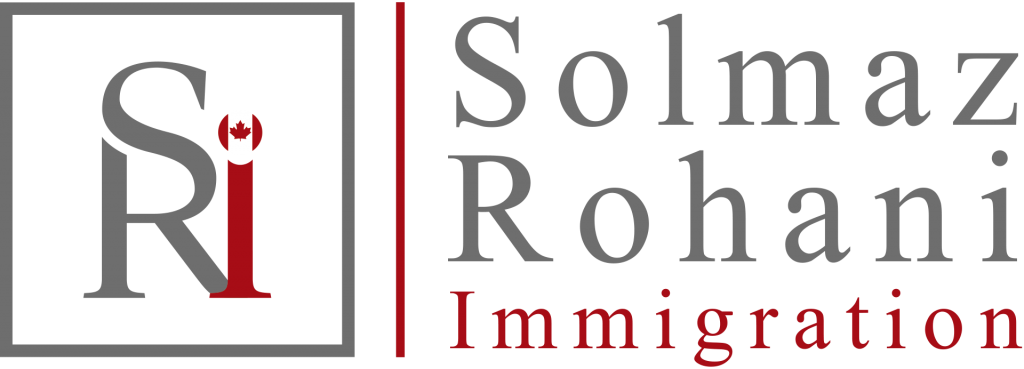Saskatchewan is part of the Prairie region and is the only province with entirely artificial boundaries. It is bordered by the US to the south, the Northwest Territories to the north, and Manitoba and Alberta to the east and west respectively. It was created from the Northwest Territories in 1905, at the same time as Alberta, and shares with that province the distinction of having no coast on salt water. The name, which was first used officially for a district of the Northwest Territories in 1882, is derived from an anglicized version of a Cree word, kisiskâciwanisîpiy, meaning “swiftly flowing river.”
Saskatchewan is divided by two of Canada’s seven physiographic regions. These two regions are the Interior Plains and the Canadian Shield. The Canadian Shield is characterized by rugged rock exposures and many lakes. It also includes a sandy region south of Lake Athabasca. South of the Canadian Shield is the area commonly called the “grain belt.” It is characterized by level or gently rolling plains and fertile soils.
On the western boundary and across the southwest corner is another plains region of generally higher altitudes. Its rolling and hilly terrain is distinct from that of the grain belt. The extreme southwest the province shares the Cypress Hills with Alberta. The Cypress Hills are the highest point of land in Canada between the Rocky Mountains and Labrador.
Saskatchewan’s natural vegetation is divided from north to south into six fairly distinct zones. All of these zones cross the province on a southeast diagonal. A band of subarctic forest tundra exists along the northern boundary. South of that band is a broad region of northern coniferous forest. A third band of mixed woods is below that. The northern agricultural belt is aspen parkland, the central is mid-grass prairie and the southernmost is short-grass prairie.
Four major basins drain the province: the Mackenzie and Churchill in the north and the Saskatchewan and Qu’Appelle-Assiniboine in the south. Both agriculture and industrial development (particularly the production of potash) require large amounts of water. Saskatchewan is heavily dependent on river flows and precipitation. The river systems in the agricultural sector use water that comes mainly from snow melt in the Rocky Mountains, and snowfall there is subject to wide variations. Precipitation within the province is similarly unreliable. (See also Geography of Saskatchewan.)
Historically, Saskatchewan’s economy centered on the fur trade. Once Europeans established settlements, agriculture overtook hunting and trapping. Wheat, once the plains were settled, was a large factor in Canada’s international dealings. Since attaining provincehood, Saskatchewan’s economy is closely linked with that of Alberta as industries and resources overlap. This relationship is especially true of wheat farming, cattle ranching and the extraction of fossil fuels. The province’s economy since the drought and Depression decade of the 1930s has shown an impressive capacity for diversification in both agricultural and non-agricultural production. Saskatchewan’s standout economic strengths today are in the development and production of potash as well as agriculture. Reduced demand from India and China, however, led to significant layoffs and reduced production at Potash Corp, one of the province’s leading employers, in 2013. In recent years, the province has seen a surge in the transportation sector as well as in development and construction.
Commonly the province has had little control over the transportation of its own products, or the financing of it, and this situation did not change as wheat was supplemented by natural gas, petroleum and potash. A high percentage of the consumer goods used in Saskatchewan, on the other hand, from canned food to automobiles and farm implements, are imported. A recurring feeling among sections of the population is that the province’s economy is the victim of outside forces that are not always benign.
This feeling provides one reason for the remarkable success of the Co-operative Movement in Saskatchewan, through which citizens have banded together to satisfy numerous economic needs. Co-operatives are found in virtually every segment of the retailing and distributing trades, and in many service industries. In 2012, the province had 1,251 co-operatives with 344,000 active members. Co-operative associations in Saskatchewan represent 14 per cent of the national total.
Public health policies in Saskatchewan predate the province’s creation in 1905, but the province nonetheless pioneered comprehensive extensions of health care. The hospital services plan, which became effective in 1947, provided universal hospital care insurance throughout the province: since 1947, every qualified citizen has had hospital care when needed, at public expense (see Health Policy). The hospital plan — called the Saskatchewan Medical Care Insurance Act — provided part of the foundation for national, universal prepaid medical care, as well as the establishment of a medical faculty and teaching hospital at the University of Saskatchewan.
The Medical Care Insurance Act — which extended insurance from the hospital to the doctor’s office —also contributed to the adoption of a national health care plan in Canada. Called Medicare, the insurance plan began in Saskatchewan in 1962, with a federal plan — called the Medical Care Act — being passed in 1966. Tommy Douglas’ selection as “The Greatest Canadian” was largely based on his role in spearheading Medicare.
The province inherited the beginnings of a public school system, as well as the idea for a university, from its territorial days. The rapid expansion of the population during the early settlement gave teachers and schools a sense of urgency felt almost everywhere, and the upgrading of inadequately trained teachers and the replacement of makeshift premises were major preoccupations of Saskatchewan’s first years. At the beginning, many of the teachers came from provinces to the east. The new province created normal schools, and in 1927 these were supplemented by a College of Education at the University of Saskatchewan. In due course, the college absorbed the normal schools.
The high ratio of British to French Canadians had important implications for early provincial policies on language and education. The use of French was at one time confined to primary courses, and in 1931 French was prohibited as a medium of instruction; other languages fared less well. In the 1960s, however, the province began to take a more relaxed view toward French in the schools, and public schools teaching the regular curriculum in French began to appear. Where numbers warrant, Saskatchewan francophones may manage and control their own schools through elected francophone boards. There are also federally funded, band-administered schools on Indigenous reserves throughout the province.
Like Ontario, Saskatchewan has two publicly funded education systems, i.e., a secular system and a “separate” system, made up of predominantly Catholic schools. The two systems offer kindergarten to grade 12.
The University of Saskatchewan was established in 1909 with a solitary faculty of arts, a teaching staff of five and 70 students. By the mid-1990s, the university had 13 colleges (faculties), and a teaching staff of 1,000. In 1974, the University of Regina was created out of the Regina campus of the University of Saskatchewan.
In recognition of its significant First Nations and Métis population, Saskatchewan has developed a culturally sensitive curriculum and unique system for delivering educational services by Indigenous peoples to Indigenous peoples. The First Nations University of Canada, formerly Saskatchewan Indian Federated College, is affiliated with the University of Regina and is the only fully accredited Indigenous university in Canada. It offers a range of programs including Indigenous Studies, Literature and Linguistics, Indigenous Social Work, and Environmental and Health Sciences. In 2012, the university had 45 faculty members, the largest concentration of Indigenous faculty in the world. The Gabriel Dumont Institute is the educational arm of the Métis Nations of Saskatchewan, promoting the renewal and development of Métis culture. The institute administers programs such as the Saskatchewan Urban Native Teacher Education Program, which helps Indigenous and Métis students become teachers and role models in communities.
The Saskatchewan Institute of Applied Science and Technology (SIAST) is the main vehicle for the delivery of technical vocational skill training as well as adult basic education and some university credit courses in the province.
A system of seven regional colleges, with offices throughout the province, provides a wide range of adult education and post-secondary courses, career counselling and other student services to residents of rural and northern Saskatchewan.
The basic instrument of educational policy is the Department of Education. The department is responsible for developing legislation and policy affecting all levels of education and provides financial support for most public education programs in Saskatchewan.



